Last Updated on
By David Link
The most immediate threats aren’t long term, far-reaching disasters. They are short term ordeals that you and your family must navigate safely. This is not meant to be a commentary on long-term prepping, but this article is meant to be a companion to such preparation. Not everyone is going to stockpile a bunker full of supplies, and that is certainly up to them anyway, but everyone should at least prepare for a short term disaster. Such events are on the rise, and from storms to floods to multi-day power outages, it’s hard to pinpoint exactly what is going to go wrong in your area. What you can do is assemble some key goods to help you and your family navigate whatever short term disaster may hit. Let’s go through the basic checklist one by one while you clear a cool, dry space for this vital gear in your home.
DIY Supplies
The first part of home disaster prep can be done with minimal investment. You can gather up old materials, purchase cheap food and inexpensive jugs of water, and store it away for use in emergencies.
Establish A Storage Location
The first task is to establish a place for all your survival supplies. Some prefer the basement, while others differ to a pantry or closet. The selection of the right storage space will be dependent on where you live. Take note of potential dangers that threaten your area. If floods aren’t much of a concern for you, then the basement will be the perfect place to store your supplies. However, if your basement floods often, then you may want to evaluate other places. Whatever you do, be sure to store your supplies in water proof containers so they aren’t compromised by unexpected water flows or moisture. Put them in a place that is easily accessible, but a place that is still a little bit out of the way so not much house traffic disturbs them or potentially separates the supplies. Another good rule of thumb is to keep supplies away from the window in case a serious storm hits and you need to access them while avoiding broken glass. Finally, establish a system of checking and replacing supplies every year or so, and make it clear to the family that these supplies are for emergencies only.
Water Storage
Water storage is by far the most important resource to have on hand. Most water processing plants are powered by electricity, and any variety of disasters like floods, fires, storms, and other power outages can compromise the availability of tap water. Resources like ready.gov recommend one gallon per person per day for at least three days. Storing more is an even better strategy if you have the space, but just remember that bottles or jugs of water do eventually grow bacteria, and they need to be replaced every so often. As it becomes clear that a disaster is at hand, use the tap while you can and fill containers like large pots or spare jugs. Just remember to stay conservative with this action as others will need a share of the tap water as well. It is wise not to trust water obtained in this way either as it may have been contaminated, so this water should be tested, filtered, or boiled before use.
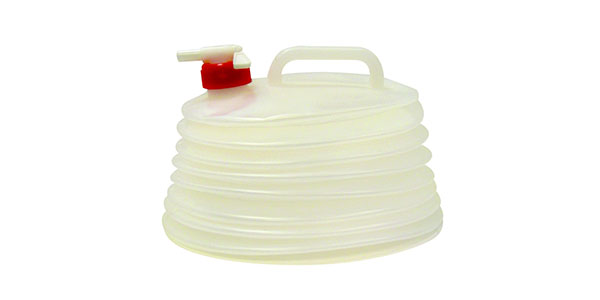
Food
Canned goods or freeze dried food is pretty hard to beat as an emergency ration, and the less water that is required to make a meal, the better. Ideally your food stocks should require no water to eat at all. Also avoid salty foods or items that will make you thirsty. It is important to pick foods that you and your family will eat. There is nothing worse than having food on hand that your children won’t eat, so factor this in as you build your stock. You can raid your pantry for non-perishable items as well, but always have a separate stock of food that no one will touch. Don’t forget to store a separate can opener and utensils with the food stock.
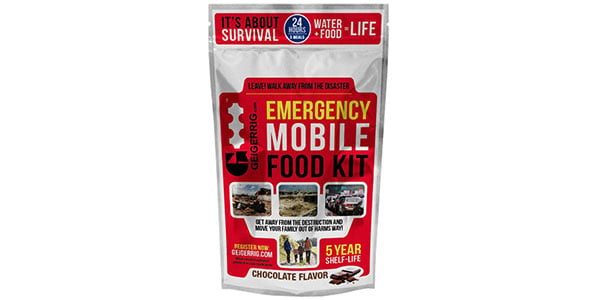
Medicine / First Aid
A good collection of over the counter pain killers, allergy medicines, and a basic first aid kit is another important asset to keep in your stock. You can purchase a first aid kit or build your own, but just make sure you have enough of all the essentials. Don’t forget about expiration dates for your first aid supplies either, and make it a yearly occurrence to verify that all your first aid supplies are still good.
Blankets / Extra Warmth
Old blankets, sleeping bags, and warm, comfortable clothing is another great addition to any disaster storage. Chances are you’ll be sleeping in a centralized place during the disaster, and it might not be feasible to gather up comforters, blankets, etc. from bedrooms when the disaster hits. So make use of those older blankets and other old materials so you and your family won’t shiver through the ordeal.
Sanitation Measures
If you’re stranded for several days, you’ll have to take sanitation measures into account as well. The best and most simple system involves a five gallon bucket and heavy duty trash bags. Include zip ties or other heavy duty methods to keep the waste bags closed once they have been used.
Pet Supplies
Have a beloved pet? Don’t forget a little extra food as well as extra water for them. A pet can provide a significant morale boost in a tense situation, and there is nothing worse than not being able to provide for your pet, especially if your children are around. Plan accordingly for your pet in your home survival kit so you don’t have to make a tough choice.
Gear To Have On Hand
In addition to DIY supplies, there is some important gear that you can add to your disaster stock that will either make your ordeal more comfortable or even save your life.
Headlamp / Flashlights / Candles
Light is always going to be important in a scenario where the power goes out, and the random flashlight in your junk drawer or the flashlight stowed somewhere under the seat of your truck isn’t going to be enough to get you through. You need at least two battery powered light sources in your emergency prep kit, and you should supplement them with candles to save battery life. Why two flashlights or headlamps? Well you may need to investigate something or retrieve a vital supply while your family stays put. With two battery powered lights, you can accomplish this without leaving one party in the dark. Candles are a great way to save power, but don’t forget to include a safe way to burn the candle in your kit. A candle lantern is great for this purpose, and certain models are even designed to provide minimal warmth in enclosed places.
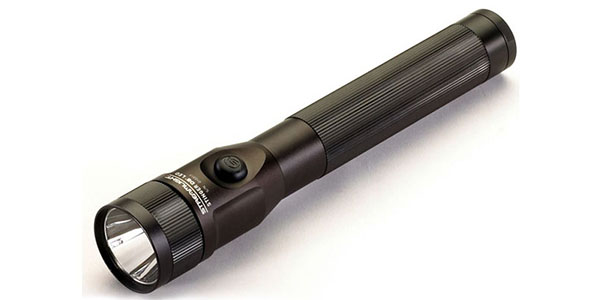
Fire Starting Materials
In addition to a healthy supply of candles, fire starting materials like matches or reliable lighters are important to keep in your kit as well. You certainly won’t be starting camp fires in your home, but if you have to relocate to another structure, a small fire for warmth might become necessary. Waterproof matches are always a great bet, and unlike lighters, they don’t fail because there is no more lighter fluid. The best practice is to have a quality lighter alongside a case of waterproof matches to diversify your options.
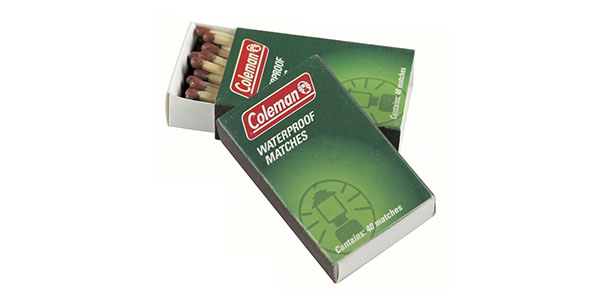
Knives
A good sharp knife is pretty much the best survival tool on the planet, that is as long as you have food and water to keep you going while you use it. Any variety of tasks might come up in an emergency from cutting to prying to even first aid tasks in a pinch. Do yourself a favor and have a quality knife in your collection, and make sure to keep it really sharp.
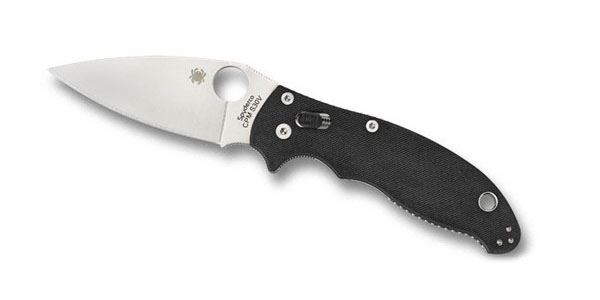
Emergency Signals
Items like flares, whistles, or other emergency signals are important should the time come when you and your family need to be evacuated by emergency crews. Scout around your home and find the best place to deploy emergency signals so you aren’t scrambling when the time comes.
Two Way Radios
Two way radios can be a great way to keep in communication in case one member of your party needs to venture out for whatever reason. Select a pair with a decent range and make sure to test them beforehand to measure their effectiveness. Waterproof radios are a safe bet when it comes to reliability when out in the elements, and many models float in case you drop them in a larger body of water. Best of all, a two way radio can also take care of the need for an emergency radio as many can also receive NOAA weather alerts.
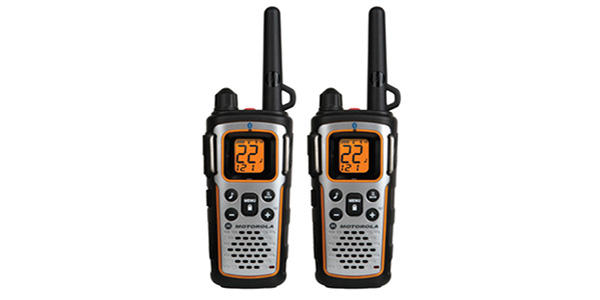
Extra Batteries
These items are so important that they deserve their own listing. Extra batteries are very important to stock, and ensure that there are enough batteries to power every vital device at least two times over. Batteries have a pretty reliable shelf-life, but don’t forget to keep your eye on their expiration dates as well.
Portable Solar Panels
As a supplement to extra batteries, a portable solar panel can be a great way to keep other devices like your cell phone powered. Solar panels won’t be very useful in a storm, but they could come in handy in other circumstances where the power grid is down. Whatever you do, you need to make sure to budget your cell phone’s battery in case you need to make a call once the bulk of the disaster is over.
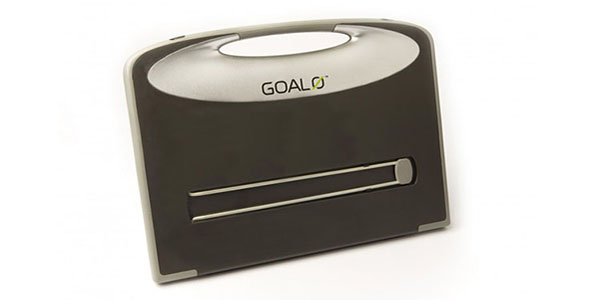
Conclusion
Home emergency preparation is no joke, but for the family on a budget, it can be a little intimidating. Just remember to start with the bare essentials, food, water, first aid, and warmth, and then add the more sophisticated equipment when you can. A little work now goes a long way in an emergency.
Thumb Image courtesy of Wikimedia Commons.
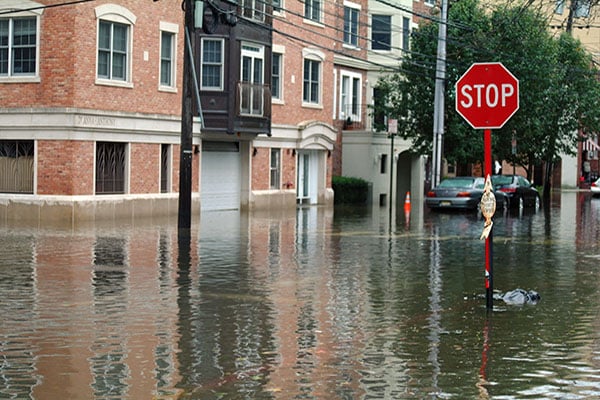


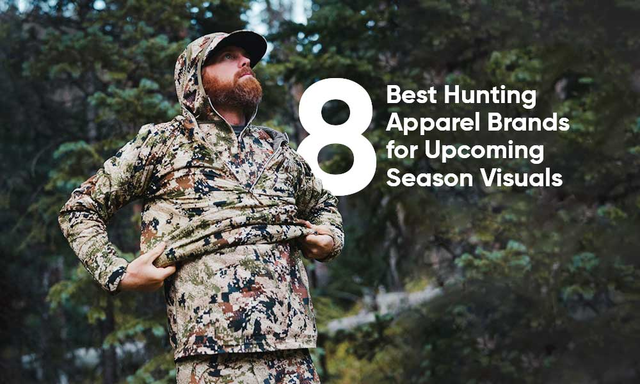




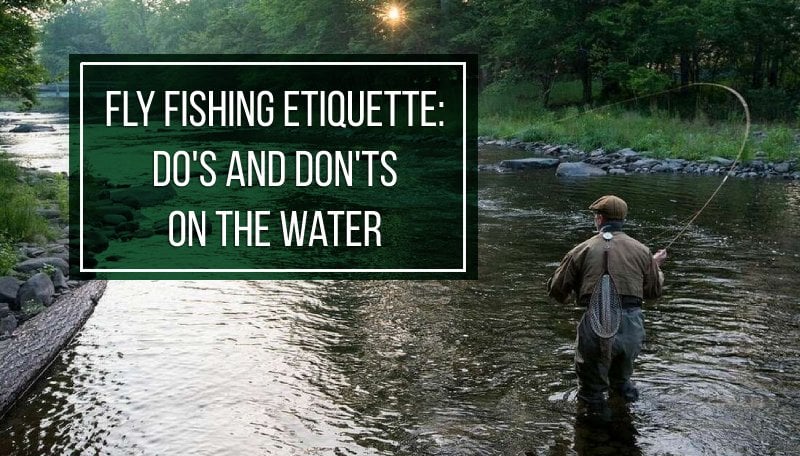



0 comments